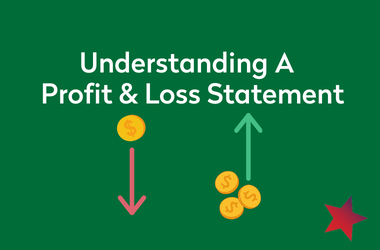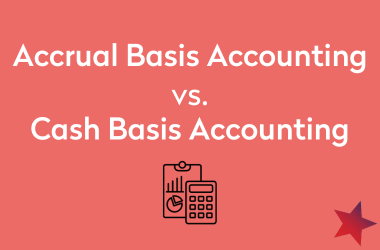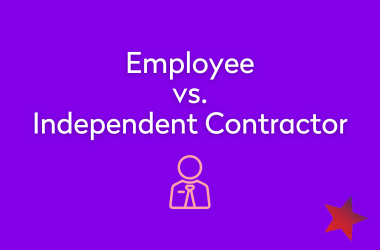What is a C-Corp?
What is a C-Corp, and how does it differ from other types of corporate structures?
A C corporation (C corp) is defined as a legal business entity that is taxed separately from its owners or shareholders. This includes performing arts entities. Often referred to as a “general for profit” corporation, C corps are the most common type of corporations, and they often have many shareholders. C corps are subject to both personal and corporate tax, and thus they are technically double-taxed (known as “double taxation”), with corporate taxes paid on earnings before distributions are made to shareholders (called dividends). The shareholders then pay personal income tax on these earnings.
How are C-Corps Created?
Double taxation is a tax principle referring to income taxes paid twice on the same source of income. It can occur when income is taxed at both the corporate level and personal level. Double taxation also occurs in international trade or investment when the same income is taxed in two different countries. It can happen with 401k loans. While double taxation is less desirable for many smaller entities, larger companies choose this structure because they can reinvest profits in the company at a lower corporate tax rate. C corps must hold a shareholder and director meeting each year, complete with recorded minutes and voting records. Regulations and recordkeeping are more stringent for C corps, so it’s a good idea to study this structure carefully and employ the help of a good accountant and lawyer before selecting this option.
Many Performing Arts Entities are an Ideal Fit to Become C-Corps
If your company plans to go public or seek significant investment from venture capitalists, angel investors, or have a large number of shareholders or plan to have a large number of shareholders then a C-Corp structure is your safest bet. You should also look into this structure if your company is likely to face a high risk of legal liability, such as product liability or personal injury claims.
Related Resources
Understanding A Profit and Loss Statement?
Understanding A Profit and Loss StatementWhat is a Profit and Loss Statement? A Profit and Loss Statement (P&L) is a financial statement that measures the revenues, costs, and expenses incurred over a specific accounting period. P&Ls reflect an organization’s...
Accrual Basis Accounting vs Cash Basis Accounting
What is Accrual Basis Accounting vs. Cash Based Accounting? Accrual Basis Accounting Accrual basis accounting refers to a major accounting method that recognizes revenues and expenses at the time a transaction occurs, regardless of when cash is exchanged. Accountants...
Employee versus Independent Contractor
Employee vs. Independent ContractorWhat’s the difference between an employee and an independent contractor? The payment for an independent contractor is performance-based and is determined by the completion of the service they provide while an employee's payment is...



